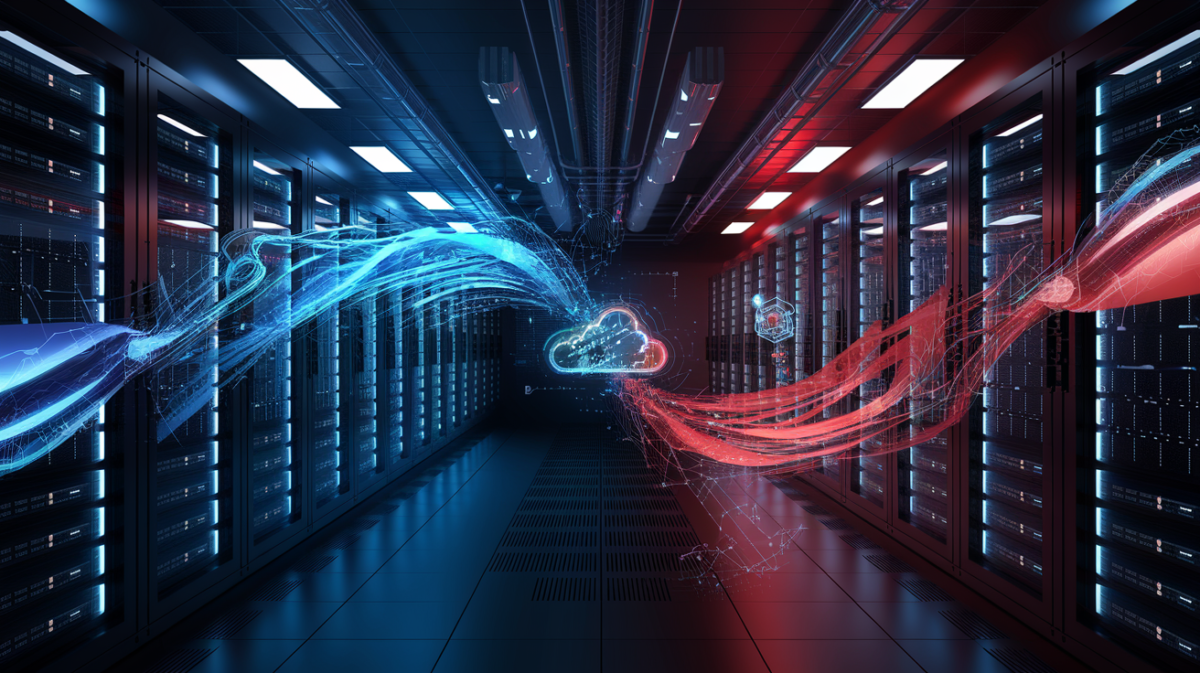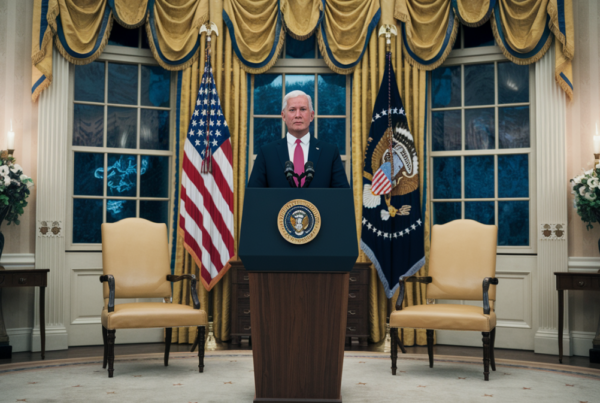Introduction
In a surprising move, OpenAI has entered into a landmark cloud computing agreement with Google, marking a significant shift from its long-standing exclusive partnership with Microsoft’s Azure. The deal, finalized in May 2025, allows OpenAI to leverage Google Cloud’s infrastructure to support the escalating computational demands of its AI models, including the widely used ChatGPT. This collaboration comes despite the fierce competition between the two companies in the artificial intelligence sector.
Why This Deal Matters
The partnership between OpenAI and Google is unprecedented, given their rivalry in AI development. Historically, OpenAI relied solely on Microsoft Azure for its cloud computing needs. However, as AI models grow more complex and resource-intensive, the need for additional computational power has become critical. This deal underscores the evolving dynamics of the tech industry, where even competitors can collaborate to meet shared technological challenges.
Key Reasons Behind the Shift:
- Scalability: Google Cloud offers robust infrastructure to handle the massive computational loads required for training advanced AI models.
- Reliability: Diversifying cloud providers ensures uninterrupted service and reduces dependency on a single platform.
- Competition: The move aligns with OpenAI’s strategy to avoid over-reliance on any one tech giant, fostering a more balanced ecosystem.
Details of the Agreement
The agreement, finalized in May 2025, grants OpenAI access to Google Cloud’s high-performance computing resources. This includes specialized hardware like Tensor Processing Units (TPUs), which are optimized for AI workloads. The deal is expected to enhance OpenAI’s ability to deploy and scale its models efficiently.
What OpenAI Gains:
- Access to Google’s cutting-edge cloud infrastructure.
- Flexibility to distribute workloads across multiple cloud platforms.
- Improved performance and reduced latency for AI applications.
Implications for the AI Industry
This partnership signals a broader trend in the tech world: the growing importance of cloud computing in AI development. As AI models become more sophisticated, the demand for computational power skyrockets, making collaborations like this essential.
Industry Impact:
- Competition: The deal could intensify competition among cloud providers vying for AI clients.
- Innovation: Access to diverse cloud resources may accelerate AI advancements.
- Regulatory Scrutiny: The partnership could attract attention from regulators concerned about monopolistic practices in the cloud sector.
Market Reactions
The announcement of the deal had immediate effects on the stock market. Alphabet, Google’s parent company, saw its shares rise by 2.1%, reflecting investor optimism. Meanwhile, Microsoft’s stock dipped by 0.6%, suggesting concerns about the potential impact on its exclusive relationship with OpenAI.
Comparison of Market Responses:
| Company | Stock Movement | Potential Reason |
|---|---|---|
| Alphabet (Google) | +2.1% | Investor confidence in Google Cloud’s growth. |
| Microsoft | -0.6% | Concerns over losing exclusivity with OpenAI. |
Regulatory and Competitive Landscape
The deal also highlights the ongoing tensions in the cloud computing and AI sectors. In December 2024, Google petitioned the U.S. Federal Trade Commission (FTC) to investigate Microsoft’s exclusive agreement with OpenAI, arguing that it stifled competition. The new partnership between OpenAI and Google could further fuel debates about fairness and competition in the tech industry.
Public and Expert Opinions
While discussions about this specific deal are still emerging, broader conversations about AI and cloud partnerships often focus on:
- Data Privacy: Concerns about how data is handled across multiple cloud platforms.
- Market Dominance: Fears that a few tech giants could control the future of AI.
- Collaboration vs. Competition: The balance between working together and maintaining competitive edges.
Conclusion
OpenAI’s decision to partner with Google Cloud represents a pivotal moment in the AI and cloud computing industries. It reflects the growing need for scalable, reliable infrastructure to support cutting-edge AI models. While the move may raise eyebrows given the rivalry between the two companies, it underscores a pragmatic approach to technological advancement—one where collaboration can coexist with competition.







